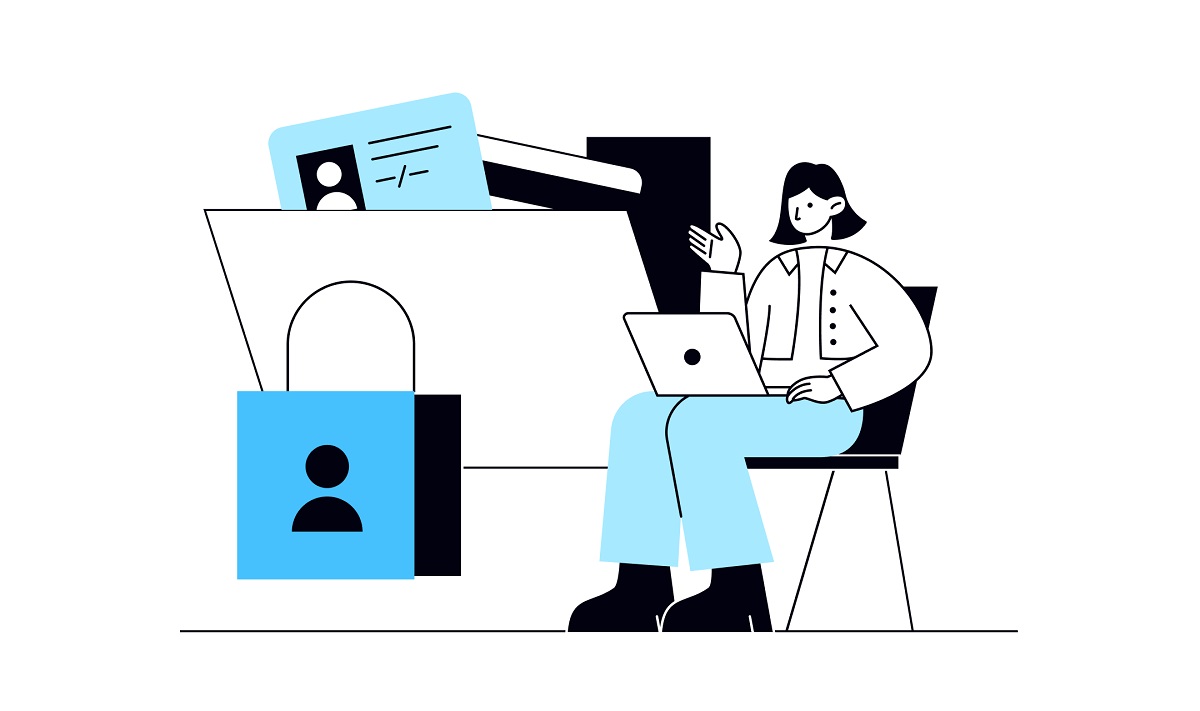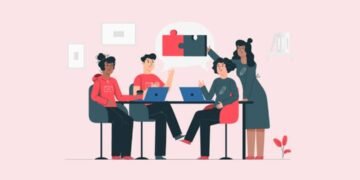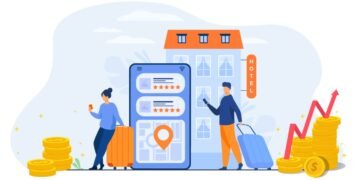You can do many things to protect yourself and your data when using the internet. Here, we will go through some of them and explain how to implement them in your life.
Update Your Passwords
To keep your online accounts safe, you need to make sure that you’re using strong passwords. A good way to do this is using a password manager like LastPass or Dashlane. These programs can store all of your important information and generate new, complex passwords for every account without having to remember them yourself!
Another way to ensure that hackers don’t get into your accounts is by changing how you access them regularly. For example, suppose someone knows your regular username on Twitter or Facebook but needs to know where else in the world they could’ve gotten it from (like through an email address). In that case, it’s easier for them to try logging into those sites and others with similar names instead of just trying random ones until they find something useful (like “password”). This will prevent someone from gaining access without knowing who owns what website; however, if multiple accounts have similar names, there may be more than one place where hackers could try before finding success.
Use Two-Factor Authentication
Two-factor authentication (2FA) is a security feature that requires you to provide two things to access your account. The first is something you know—your password. The second is something you have, like a code sent via text message or as an email link. This helps protect your account from hackers because they can’t just guess your password and gain access. Still, they also could be stopped if they try phishing attempts on the other side of things by tricking someone into giving them their 2FA codes instead of their passwords, which would be pretty easy since they’re both 100% secure!
So how do this work? Well first off, let’s start with what happens when someone tries logging into one of these services without entering in both factors: They see this invalid code instead! It says “access denied” and then gives them a second chance: Entering both codes again will bring up another window asking for confirmation before letting them into their accounts again (which usually takes about 30 seconds).
Stay Private with Private Mode Browsing
Private mode is a way to browse the internet without saving any data. Many people use it to browse the internet, so it’s important that you know how to enable private mode in your browser.
Consider Using a VPN
A VPN is a great way to protect yourself online. It hides your IP address and encrypts your data, so no one can see or hear what you are doing. Most importantly, it can be used to unblock websites and apps blocked in your country!
A VPN also helps bypass censorship by allowing users to change their location (and, therefore, access content). This can be useful if there is an issue with streaming services such as Hulu in Australia, Hulu in Canada, Hulu, or Hulu in Turkey because they won’t work if they think someone lives in another country— this can be an issue for someone traveling. That’s where a VPN comes in handy.
Set up Firewall Protection
Firewall protection is the first step to securing your computer and protecting yourself online. It’s important to install a firewall on all computers in your home or office and on laptops and smartphones. You can also set up a firewall on gaming consoles if you play games online with friends.
Don’t Connect to Public Wi-Fi Networks
Public Wi-Fi networks are the most common way to connect to the internet but they can also be dangerous. Hackers have successfully compromised public Wi-Fi hotspots to steal personal information and use it for their own gain.
The biggest risk is that you’re connecting with a device that has not been updated with security patches and vulnerabilities so that any hacker could take advantage of these weaknesses at any time. For example, if you’ve been using an older browser like Internet Explorer 10 or Firefox 3 on Windows 10, this will leave you vulnerable because both browsers were released well over ten years ago!
Create complex passwords
A strong password is the most important thing you can do to protect yourself online. A strong password should be at least 8 characters long and use a combination of letters, numbers, and symbols. This makes it harder for hackers to break into your account because they will have to try out different combinations until they find one that works.
If you use the same password on multiple sites or devices, change it every few months so there is no way for hackers or anyone else trying to hack into your accounts (or access them) to guess what your current passphrase is!
Use anti-virus software
Anti-virus software is a must. If you’re using a computer, ensure that the anti-virus software is up to date and installed on your phone.
Don’t click on suspicious links
There are two types of links you should avoid:
Links are sent by email or text message. If you receive an email or text with a link in it, don’t click on it. You can check if the sender is legitimate by typing their name into Bing or Google and seeing if they appear on other sites. If they don’t, don’t use the link!
Unknown sources (or “unsafe”). This is when someone sends a link that isn’t directly related to what they’re asking you to do but rather something else entirely—like downloading software without your permission—and asks for your personal information in order to complete the transaction. In this case, use another browser window or program before following through with any requests made through unsafe links so that nothing bad happens once you’ve clicked!
Conclusion
As we’ve seen, there are many things you can do to protect yourself online. The first step is to create complex passwords using a combination of letters and numbers. Then, use two-factor authentication on all accounts where possible (such as email), and stay offline, when possible, by using private browsing mode or VPN services.









